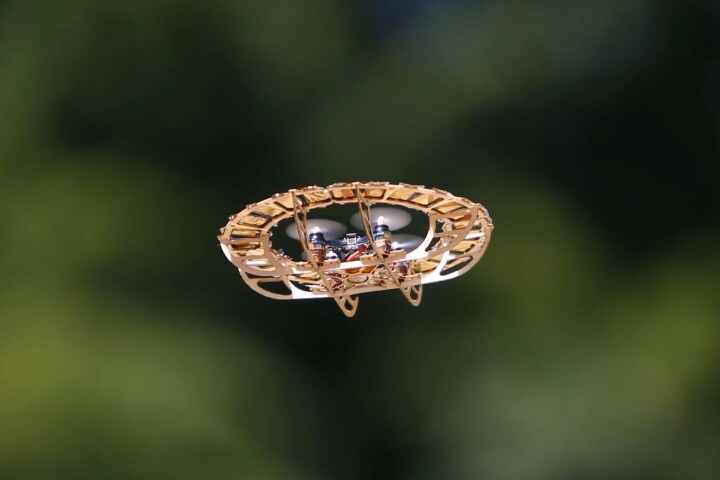In cars with automatic transmissions, the point at which the vehicle shifts gears isn't just about its current speed – or at least, it shouldn't be. With that in mind, Hyundai and Kia have developed a system that preemptively shifts gears based on the road ahead.
Described as being the first of its kind, the setup is known as the Information and Communication Technology (ICT) Connected Shift System. Among other things, it's intended to improve fuel efficiency, boost performance, reduce driver stress, and minimize wear and tear on transmissions.
It draws upon data from sources such as in-vehicle radar units that measure the distance between the car and surrounding traffic; a forward-facing in-vehicle camera that shows which lane the car is presently occupying; and 3D navigational maps of the immediate area. Those maps provide information on the elevation, gradient, curvature and traffic conditions of the upcoming stretch of road.

Based on all this combined input, ICT takes a proactive approach to gear-shifting, either optimizing the point at which gears are shifted, or eliminating the need to shift them at all. In tests performed on a heavily-curved road, for instance, a car that was equipped with the system shifted gears 43 percent less frequently when cornering. Additionally, because of the improved performance, the driver applied the brakes 11 percent less frequently.
The system also automatically shifted the car into Sport Mode when merging onto a highway, allowing it to quickly match the speed of the other vehicles, but then shifted it back to a more economical driving mode once it was cruising. It additionally utilized engine braking to slow the vehicle down when going over speed bumps, driving down hills, or entering areas with lower speed limits.
Once developed further, it is hoped that ICT will also be able to communicate via LTE or 5G with infrastructure systems, allowing it to know the status of upcoming traffic lights. Hyundai and Kia plan on incorporating the technology into their future vehicles – both human-driven and driverless.
Source: Kia





